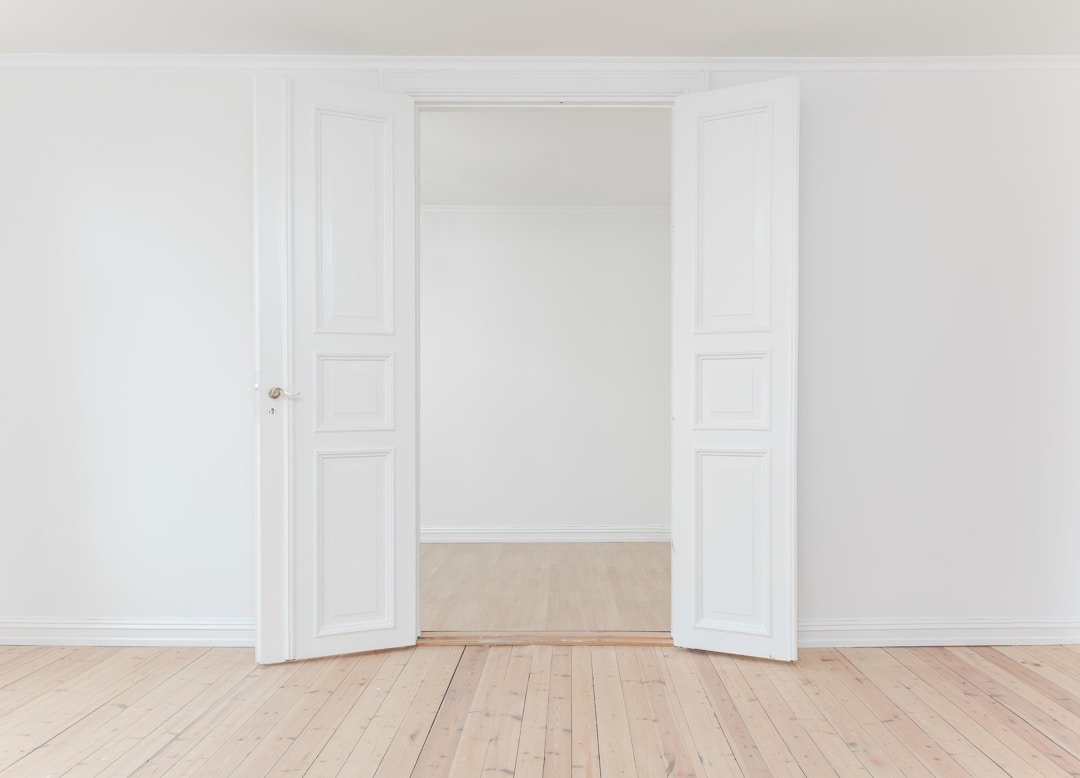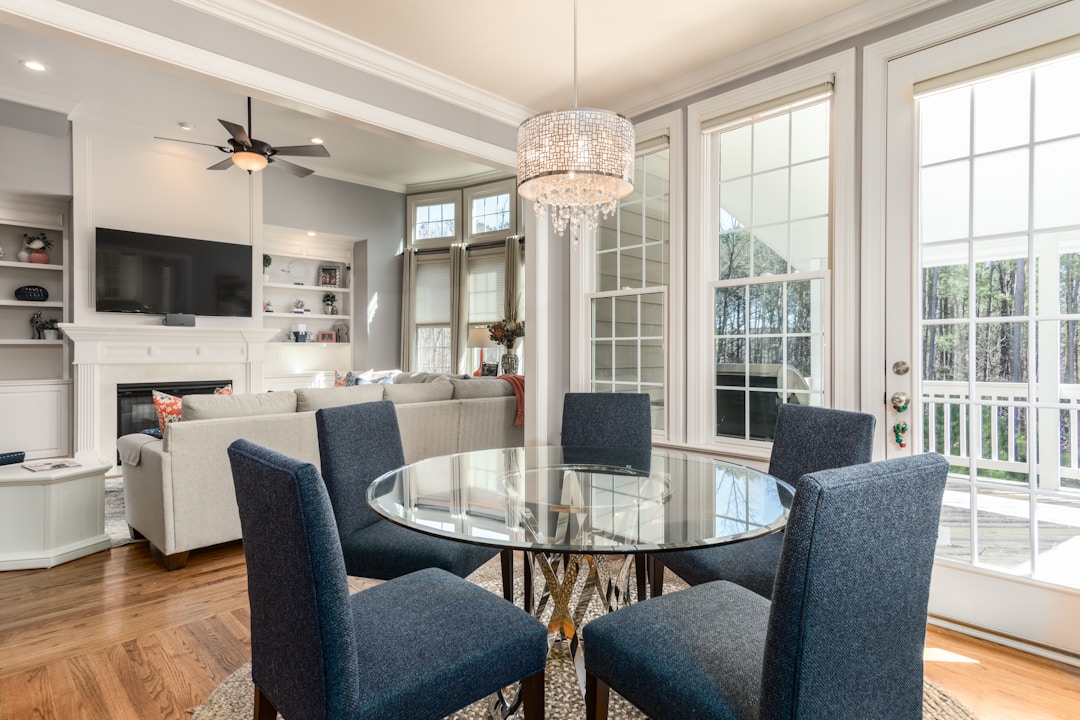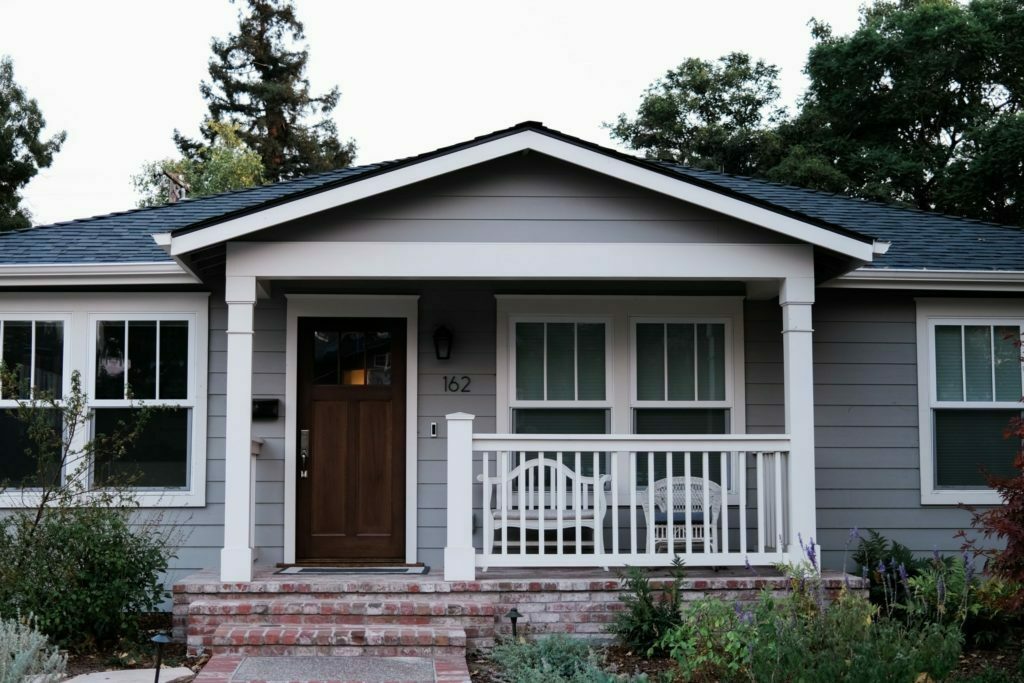Many of us dream for years of buying our first home in the United States. This space is a sacred area that will live on in the fabric of your whole person for the rest of your life. A holistic approach to the buying experience and physical health of the property is necessary for all U.S. homebuyers. That’s because your first home is often the place you bring your babies home to for the first time; it may even be the place where you fall in love and begin to grow alongside another human who shares in your visions for the future.
Buying your first home in the United States is a big step, but many people don’t know how to get started on this journey. Just like understanding the importance of holistic health care, buying your first home takes a lot of research and a lifestyle commitment that will change your life for the better.
Plan for the financial burden with plenty of time to spare.

A lot like understanding how to handle a hit-and-run accident, buying your first home will see you taking a lot of pictures, making lists, and documenting the scene of the accident, so to speak, and your journey to the end goal. Starting early with a plan is the best way to go about preparing for the new home buying experience and minimize headaches throughout the process (much like the steps you must take as a motorist involved in a hit-and-run accident or other car accident incident). You will need to search for a property that makes sense for you, while of course trying to match budget, minimal property damage, and layout.
There’s a quasi-therapy in the home search that can really provide a sense of wellness to you and your spouse, partner, or family. But the hunt for a new home is one of financial planning as well. In order to take advantage of a great mortgage opportunity, it’s important to start saving a year or more in advance of the ultimate purchase that you plan to make. This means saving for a home before you’ve shortlisted properties that give you that “wow” feeling.
Identify the down payment requirement.

Using a mortgage calculator is a great way to get started on the financial side of things. With this tool, you can estimate repayment obligations and size up the field of loan terms that you are likely to see. Starting with your current rent payments every month is a good place to begin. You can stack up a mortgage obligation against your current living expenses (water delivery costs, rent, utilities, groceries, etc.) in order to gain a sense of understanding.
However, this isn’t the only thing you will have to plan for. Buying a home requires a sizeable deposit. You may be able to secure your home loan with as little as a 10% down payment, but often times you will need to save up around 20% for the best possible interest rate and repayment terms. Thinking of your down payment in the same way you might approach a deposit on a rented property can get you started on the right track.
Once you’ve identified the amount you will have to save for a down payment, you can think about how much you can currently afford to put away every month in pursuit of that lump sum goal. Many families save for a year or two before they begin to scratch the surface of this end goal, but the journey is worth it in the end.
Buying your first home is an exciting time in the life of a renter. Moving into a property that you own and can mold to your own image is a freeing experience that many millions of renters aspire to. Sadly, not everyone who wants to buy a home is willing or able to make the commitment necessary to secure their dream home in the years that precede a buying opportunity. Make sure you craft a plan that works for you and stick to it in order to start down the road of homeownership.



